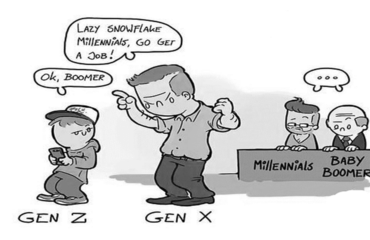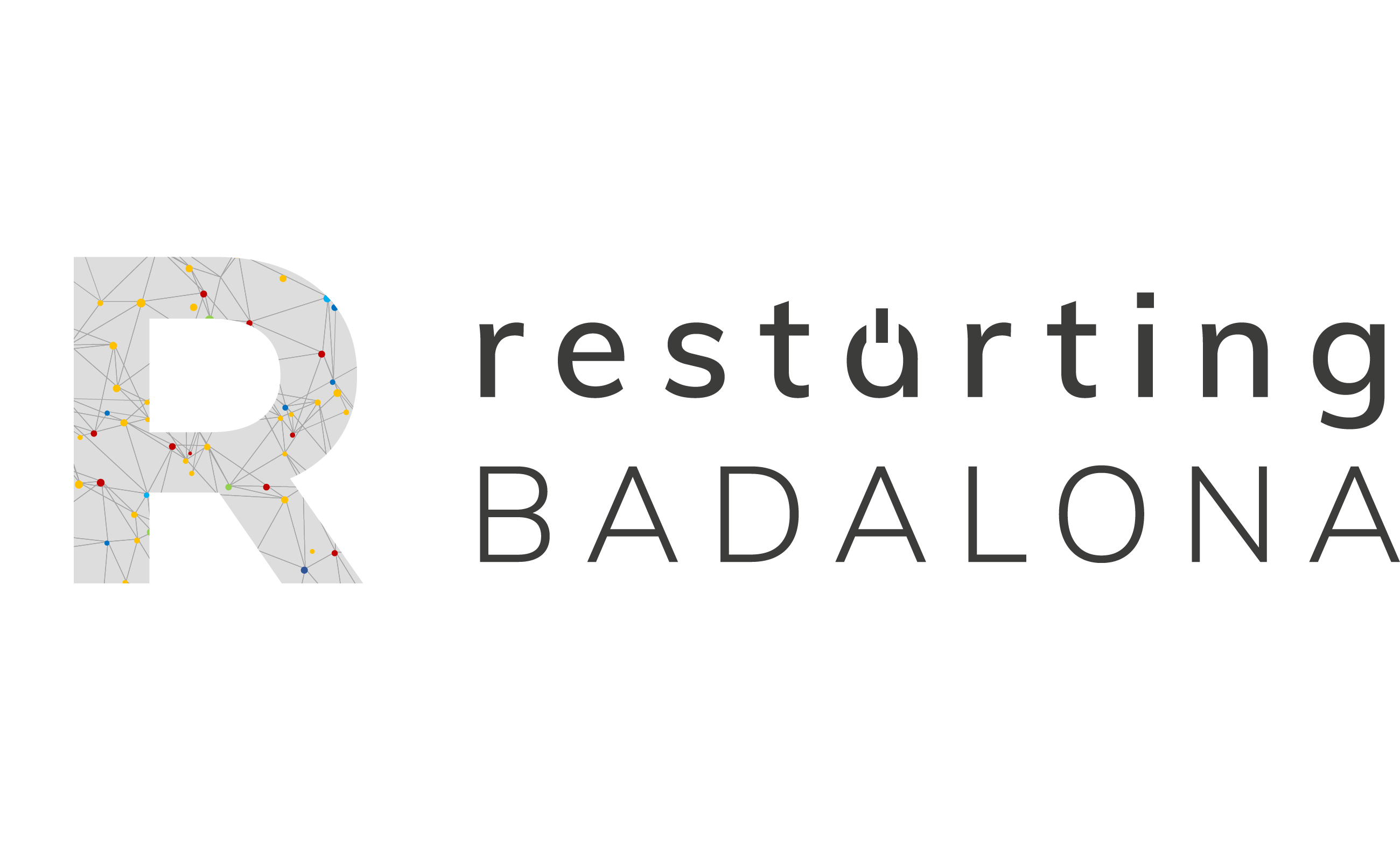
On the first day of class, at half past three on the first school Thursday in September, I always began my presentation of the subject by asking the students to write me what for them was a definition of a city… You can imagine everything that came out of those reflections. The evidence of the youthful and immature thinking of most of the students left us definitions and thoughts of the city that were a priori very superficial: beginnings of sentences such as “The city is a set of streets that…” or “The neighborhoods that make up a city are generators of…”, etc. Other students expressed some deeper thoughts and were able to attribute social or human relationships to the city or even relate economic areas or backbone systems.
I have to say that this way of starting was very enriching for both parties (teachers and students), because it started a real debate about what we really wanted to teach in our subject and, above all, about what we wanted, at the end of the course academic, students will take with them.
From the university, we have always tried to make students understand and reflect on what we say city, especially through urban transformation and the growth of our cities, but also from the way of living cities; from the way of hearing them; from how human relations are produced inside and outside the city, between the individuals themselves, but also between the group that makes up a city and the rest of the territory; from the social impact of an urban agglomeration; from the interaction that a community must have with others; from the mobility flows generated by a city; from the environmental footprint that, without a doubt, causes a city, from…
There are infinite reflections, perhaps even too many. Although he is an architecture professional, he would not know which one to choose.
That our students have the opportunity to rethink our cities is ultimately an opportunity for all of us.
Personally, as a professional in urban planning and, above all, as a teacher, I am concerned about the new challenges and the thought of how we should prepare our students for the cities of the future. A huge challenge!
It is for all of the above that, within this wonderful environment that is the university world, I consider a primary objective to make students understand that it is essential to take all of this into account, not simply to project a city, but to project a living environment.
Yes, all of these are references, but… how can we approach learning about the city without the inputs that reach us today?
What cities will have to recognize our students in the future?
We have all heard it before. Currently, we talk about cities of the future, we talk about smart cities, we talk about digital cities, we talk about technological cities, etc. It is evident that the technological revolution has had a profound impact on the way of thinking about and creating a city, and has become the essential strategy for tackling the new social and urban challenges. The city of the future must be able to answer all the questions that are aimed at stopping everything that causes climate change and responding to the climate emergency. This is very important, by itself, it is a huge challenge for any urban planner. But is this just the city of the future? I don’t know, maybe first we should know how to analyze the city of the present.
We cannot imagine the city of the present without reflecting on the social, economic, medical and, above all, psychological impact of the covid-19 crisis. We cannot imagine the city of the present without reflecting on the impact of migratory flows, of the large number of families coming from outside the city itself. We cannot imagine it without reflecting on why our energy models are obsolete, subordinated to personalistic and unsympathetic states and leaders. We cannot imagine the cities of the present without reflecting on the environmental impact that they themselves generate on our surroundings. No, we can’t, and I’m sorry, because we’re losing our imagination.
It is evident that current events give us clues to the global transformation of the world: the drama of the Mediterranean, the endless wars in different parts of the world that, for economic and power reasons, never stop – the war in Ukraine, the conflict in the Sahara (which has come a long way)…–, the appearance of new humanitarian aid organizations, solidarity networks, the mobilization of resources, etc. We could be talking for a while. Yes, all this is part of our present. Cities, especially since the second half of the 20th century and in this first decade of the 21st, are characterized by their rapid growth and disorganization. Currently, cities suffer from a very aggressive immigration process. We must think that the cities of the world receive migratory flows and this means that they have to adapt very quickly to this current of migration and many times they do not know or cannot respond.
All this, and many more things, undoubtedly transform the city of the present and it will be necessary for new economic and social strategies to appear, but also urban ones –I would say necessarily also urban ones– that, in an organized and coordinated way, lead us to the transformation of our spaces of coexistence and experience, where until now we thought we were so safe.
In summary, many times the conversation with the students, in a more academic setting, when we talk about the possibilities of transforming the city, becomes an enriching reflection of what is happening in our environment.
It is from all these reflections and the analysis and development of an urban project (taking advantage of the study of a specific city), when the student experiences an overwhelming transformation, which is very evident, both academically and, above all, personally.
For me this is the synthesis of what university education should be.
On the last day of class, around half past eight on a June afternoon, I am proud to finish the course just as we started it, but this time I ask the students, by way of reflection aloud, what urban planning is . The perception, I would say general, is that, despite the complexity of the course, students are capable of perceiving urbanism in a multiple and complex way, as an urbanism capable of encompassing all social reasoning and grafting all events that surround human relations, but, at the same time, understand that urbanism must be tangible, not abstract; it must be capable of being translated into a morphological and functional configuration of the space in which we live.
If not, how else could we make a city?
The maturity that these students experience in an academic year is also, for me, a true life lesson.
Jordi Guardiola, member the Restarting Badalona association



